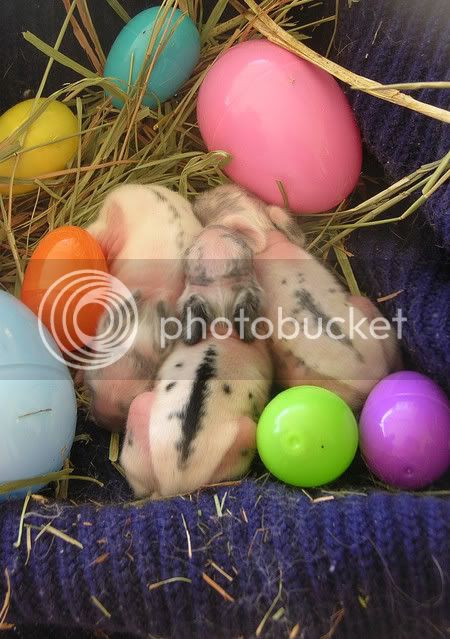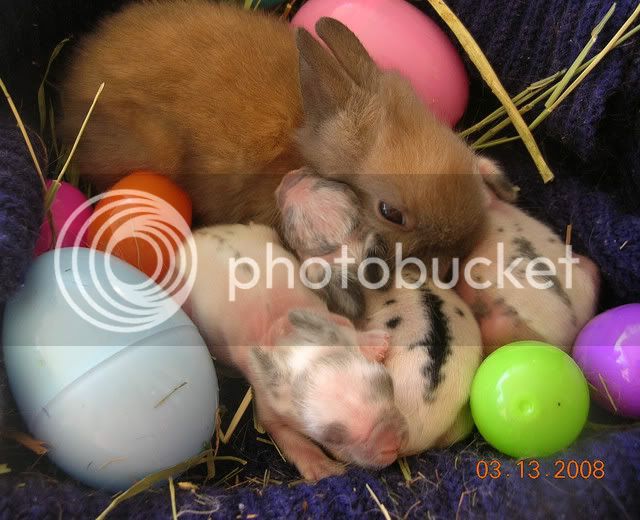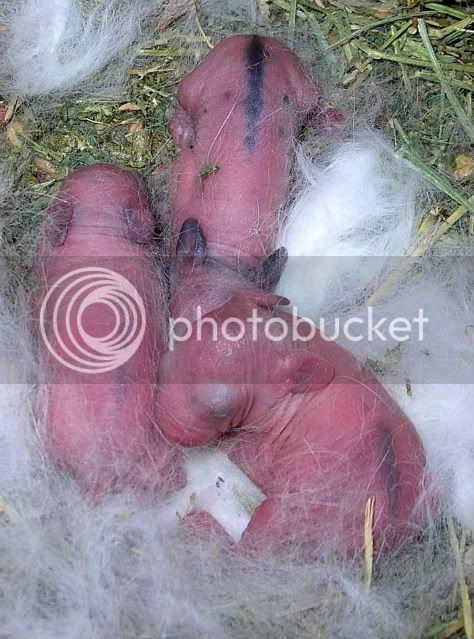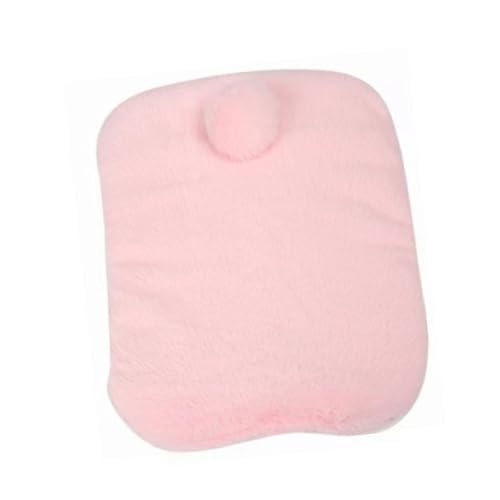paul2641
Well-Known Member
clevername wrote:
Well this will be sukis 2nd litter and her first litter the baby that reached a week had a broken pattern on him, could this mean roger actaully carries broken gene?TinysMom wrote:Yes, that's exactly what I'm talking about.Now I have talked to someone who bred broken Hollands for a number of years and she talked about something that she had noticed and that was - if she took a solid rabbit that was out of a litter that had a broken parent...that there were modifiers (I forget what she called it) that helped to make the broken pattern better when that solid rabbit was bred to a broken rabbit. It wasn't that the rabbit carried the broken gene though - it was that it somehow carried those modifiers? I'm not overly clear on that and am not breeding any more so I did not research it further.
Paul is asking how to get well marked brokens not just rabbits expressing the broken gene.
Modifiers that shape the rabbit's pattern can be inherited without necessarily inheriting the broken gene. So if you have a solid who has ideally marked brokens in their background, that rabbit can be bred to another correctly marked broken to increase the chances of producing well patterned offspring.
I'm currently trying to get the broken gene expressed correctly in my Satin Angora lines so I'm still learning too. If anyone has anything to add to this discussion that would be really helpful!









































































